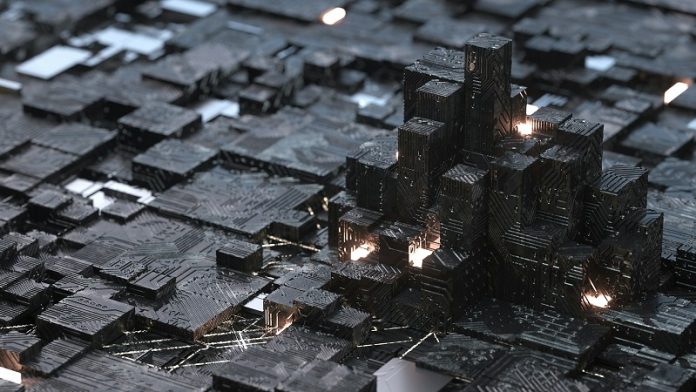
Our smartphones are incredibly powerful today—far beyond what computers could do just a few decades ago.
But with the increasing use of artificial intelligence and the growing number of smart devices like connected home systems, microchips need to become even faster and more energy efficient.
Scientists at Berkeley Lab are working on a big part of this puzzle: improving the transistor, the tiny component that helps make microchips work.
Researchers have discovered that new materials can help transistors use less energy. One of these materials has an unusual property called “negative capacitance.”
Normally, materials store less electrical charge as the voltage drops.
But with negative capacitance, the opposite happens: these materials can store more electrical charge even when the voltage is lower. This breakthrough could lead to microchips that need much less energy to function.
To better understand and use negative capacitance, Berkeley Lab scientists created a computer tool called FerroX.
This tool allows researchers to simulate, or model, how negative capacitance works at the microscopic level.
With FerroX, they can predict how changes in the material’s structure will affect its performance, speeding up the research process without the need for endless trial and error in the lab.
Zhi (Jackie) Yao, one of the lead scientists, explained that using FerroX is like having a recipe app that helps you tweak ingredients for better results, all from your computer. This innovation can significantly speed up the development of more efficient microchips.
In 2008, another key researcher, Sayeef Salahuddin, first introduced the idea of using negative capacitance for energy-efficient computing. Negative capacitance is often found in materials with “ferroelectric” properties.
These materials can hold an electric charge and be used in low-energy memory devices, which store data efficiently.
To make these advanced materials work even better, the team needed to understand why negative capacitance happens at such small scales. The materials they studied, made from hafnium oxide and zirconium oxide, are composed of tiny grains just a few nanometers wide.
These grains have different arrangements of atoms, known as “phases.” When the different phases interact, they can create the unusual negative capacitance effect.
With the help of FerroX, researchers found that they could enhance negative capacitance by making the ferroelectric grains smaller and arranging them in specific ways. This new understanding is a big step forward in designing even more energy-efficient microchips.
The FerroX tool was created with the help of the Perlmutter supercomputer at Berkeley Lab. This powerful computer allowed the researchers to run complex simulations that would have been impossible on regular computers.
The good news is that FerroX is now available for other scientists to use as an open-source tool, meaning it’s free and accessible to everyone—from university researchers to industry experts.
Looking ahead, the Berkeley Lab team plans to use FerroX to simulate entire transistors, not just small parts of them. This will allow them to design even better microelectronics devices in the future.
Salahuddin is excited about the progress they’ve made, saying, “With FerroX, we can now design devices from the atomic level up, optimizing negative capacitance for real-world use.”
Thanks to this collaboration between computing and materials science, we’re one step closer to more energy-efficient electronics that will shape the future of technology.



